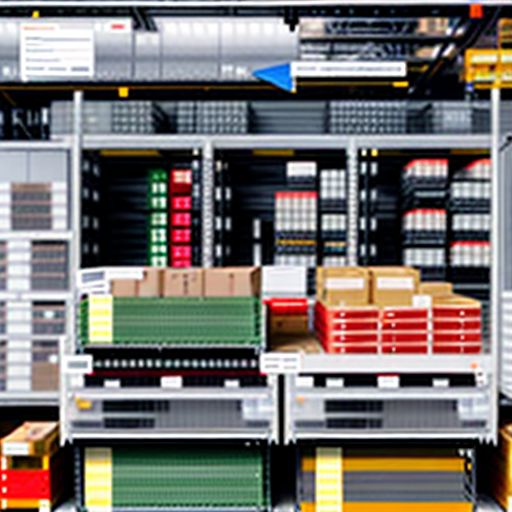Imagine this: your online store just went viral, orders are pouring in faster than you can say “profit,” but instead of excitement, you’re met with a wave of panic. Why? Because your current system can’t handle the volume, leading to missed orders, frustrated customers, and ultimately, lost revenue. This, my friend, is where an Order Management System (OMS) for trading swoops in to save the day.
What is Order Management System Trading?
In the fast-paced world of online trading, an Order Management System (OMS) acts as the central nervous system of your business. It’s a sophisticated software solution designed to streamline and automate the entire order lifecycle, from the moment a customer clicks “buy” to the final delivery and beyond.
The Importance of an OMS in Trading
For traders, especially those dealing with high volume or complex transactions, an OMS is more than just a nice-to-have—it’s a necessity. Here’s why:
- Increased Efficiency: Say goodbye to manual data entry and hello to automation. An OMS automates order routing, tracking, and fulfillment, freeing up valuable time to focus on strategic decisions.
- Reduced Errors: Manual processes are prone to human error. An OMS minimizes these risks by automating tasks and ensuring accuracy at every step.
- Improved Customer Satisfaction: Faster processing times, real-time order tracking, and fewer errors lead to happier customers and increased loyalty.
- Data-Driven Insights: An OMS provides valuable data on sales trends, inventory levels, and customer behavior, empowering you to make informed decisions.
trading.disneyaz.com/wp-content/uploads/2024/07/Order Management System Dashboard-669bb2.jpg" alt="Order Management System Dashboard" width="512" height="512">Order Management System Dashboard
FAQs About Order Management System Trading
Navigating the world of OMS trading can feel overwhelming, so let’s address some common questions:
What are the key features of an OMS for trading?
- Order Routing and Execution: Automatically routes orders to the appropriate exchanges or brokers based on predefined rules.
- Risk Management: Includes features like stop-loss orders and margin monitoring to manage risk effectively.
- Reporting and Analytics: Provides comprehensive reports on trading activity, performance, and other key metrics.
How does an OMS integrate with other trading systems?
Most modern OMS platforms are designed to integrate seamlessly with other trading tools, such as trading platforms, market data feeds, and risk management systems.
What are the benefits of using an OMS for high-frequency trading?
An OMS is crucial for high-frequency trading due to its ability to handle large order volumes with lightning-fast execution speeds. It helps traders capitalize on fleeting market opportunities and maintain a competitive edge.
Choosing the Right OMS for Your Trading Needs
Selecting the right OMS is a critical decision that depends on your specific trading strategies, volume, and budget. Factors to consider include:
- Supported Asset Classes: Make sure the OMS supports the financial instruments you trade.
- Scalability: Choose a system that can grow alongside your trading volume.
- Ease of Use: Opt for a platform with an intuitive interface and user-friendly features.
Conclusion
In the ever-evolving landscape of online trading, an Order Management System has become an indispensable tool for success. By automating tasks, reducing errors, and providing valuable insights, an OMS empowers traders to optimize their operations, enhance customer experiences, and ultimately, drive profitability. As you navigate the complexities of the market, remember that a robust OMS can be your greatest ally in achieving your trading goals.
